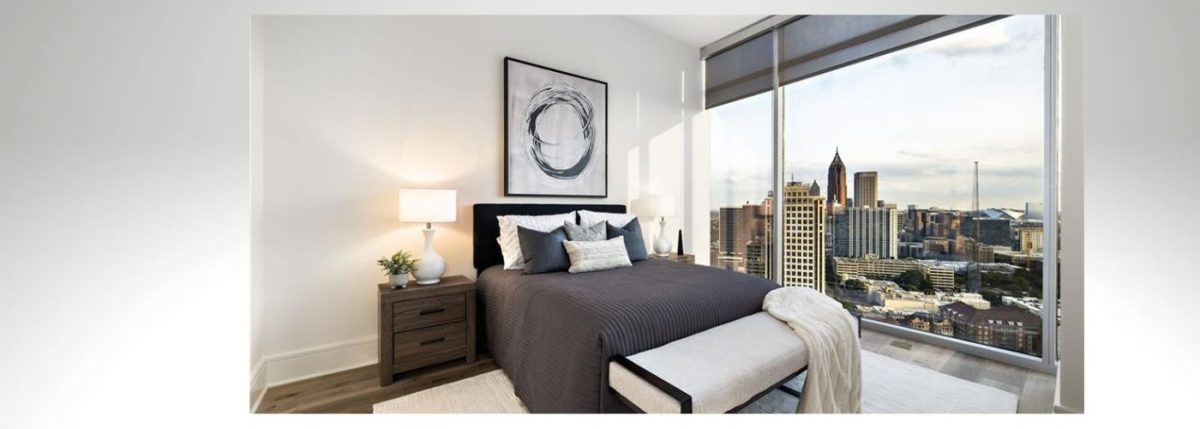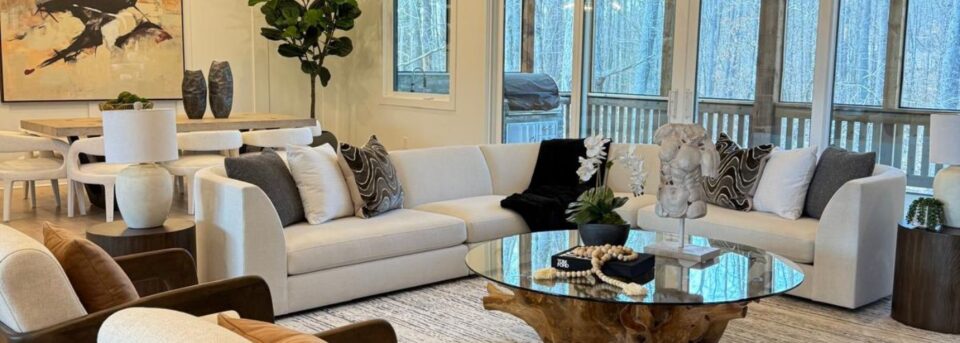DIY Home Staging vs Professional Home Staging

When it comes to selling your home, first impressions are everything. But should you roll up your sleeves for a DIY approach or enlist the expertise of a professional stager? We’ll be going over the pros and cons of DIY home staging vs professional home staging. Both have their advantages and disadvantages, so it’s best to look at every options before settling on one.
What’s Better? DIY Home Staging vs Professional Home Staging
When considering whether to tackle DIY home staging or hire a professional, it’s essential to weigh the emotional and financial investment each option entails. DIY staging can be incredibly rewarding; it allows sellers to infuse their personality into the space while exercising creative freedom.
However, this approach often comes with a steep learning curve, as homeowners may not have trained eyes for design principles like balance, scale, and color theory. The risk here is that an over-personalized touch can impede the universal appeal buyers seek.
On the flip side, professional home stagers bring industry expertise and familiarity with current trends that can transform a property into an enticing showcase. They possess access to curated furnishings and decor pieces which might not be readily available to average homeowners.
Additionally, professionals are skilled at highlighting a home’s strengths while downplaying its weaknesses—often translating directly into quicker sales at higher price points. Ultimately, which route you choose depends on your unique circumstances.
Pros of Professional Home Staging
Professional home staging transforms a property into a visually appealing space that resonates with potential buyers, often leading to quicker sales at higher prices.
By showcasing a home’s best features and creating an inviting atmosphere, stagers highlight the possibilities of each room. This strategic presentation not only helps buyers envision their lives in the space but also addresses common objections they may have.
Moreover, professional stagers possess an expert eye for design trends and buyer psychology. They understand what appeals to various demographics and can tailor the decor to evoke specific emotions, making it easier for buyers to connect with the property on a personal level.
Additionally, staged homes often photograph better for online listings—a crucial factor in today’s digital-first real estate market—ensuring that properties stand out amid fierce competition.
Cons of Professional Home Staging
Hiring a professional stager can be a significant financial investment that may not always yield a proportional return on investment (ROI). In competitive markets, sellers may find that spending thousands on staging doesn’t guarantee quicker sales or higher selling prices, particularly if buyers are motivated by prices rather than aesthetics.
Additionally, home staging often promotes a specific aesthetic that might not resonate with every buyer’s taste. Over-staging can create an artificial atmosphere, making spaces feel less like home and more like a showroom.
This disconnection might lead potential buyers to envision themselves living in an unrealistic scenario rather than seeing the true essence of the property. Furthermore, excessive reliance on staged décor can overshadow inherent architectural features and liveability aspects that would otherwise charm prospective homeowners.
Benefits of DIY Home Staging
DIY home staging empowers homeowners to create a personalized aesthetic that reflects their unique style while also enhancing the marketability of their property. By taking charge of furniture staging, you can strategically rearrange existing pieces or curate affordable finds that highlight your home’s best features.
This hands-on approach allows for greater creativity, ensuring each room tells its own story and resonates with potential buyers.
Moreover, engaging in DIY home staging can save money that would otherwise be spent on professional services—allowing for investment in high-impact touches like fresh paint or new plants. The process also fosters a stronger connection to your space, motivating you to declutter and refresh areas that may have felt stagnant.
Ultimately, reducing stress during the selling process, DIY home staging transforms your living environment into an inviting experience that guides visitors through each corner of your home! These are the many benefits of DIY home staging vs professional home staging.
Cons of DIY Home Staging
While the allure of DIY home staging often promises cost savings and creative freedom, it can lead to unforeseen pitfalls. One significant drawback is the lack of professional insight; homeowners may overlook key aspects that enhance appeal, such as color psychology or spatial flow, which trained stagers are adept at managing.
This oversight can result in a misalignment between the home’s aesthetic and potential buyers’ expectations, ultimately affecting sale speed and price.
Additionally, the time commitment associated with staging your own home shouldn’t be underestimated. Balancing personal responsibilities while trying to curate an inviting space can add stress and reduce effectiveness.
The pressure to make quick decisions could rush the process, leading to choices that may not reflect current market trends or buyer preferences. In essence, while ambition drives many to embark on this DIY journey.
These are the many cons of DIY home staging vs professional home staging.
What Home Staging Does To Your Home
Home staging transcends mere decoration; it transforms your space into a narrative that resonates with potential buyers. By carefully selecting furnishings and decor, staging creates an emotional connection, allowing viewers to envision their own lives unfolding within the walls.
Each piece is chosen not just for aesthetics but to highlight the home’s best features—natural light flooding through a window or the cozy nature of a corner nook—drawing attention where it matters most.
In addition to visual appeal, home staging cleverly utilizes spatial dynamics. It makes rooms feel more expansive by rearranging furniture and emphasizing flow, helping buyers understand how they can interact with the space! Overall, this can even help create a luxurious interior living room design. Perfect for those who want to showcase their home the best way possible.





